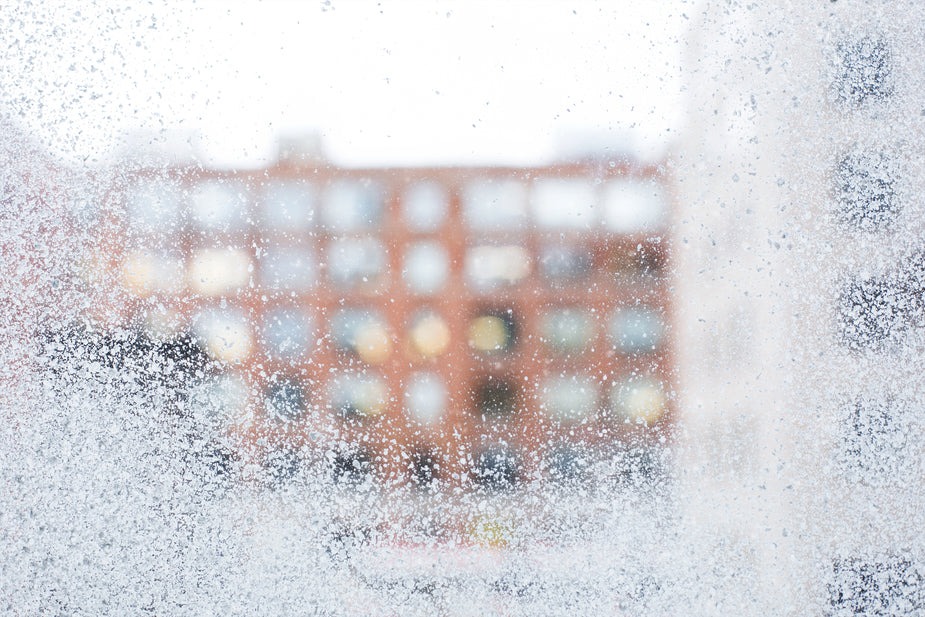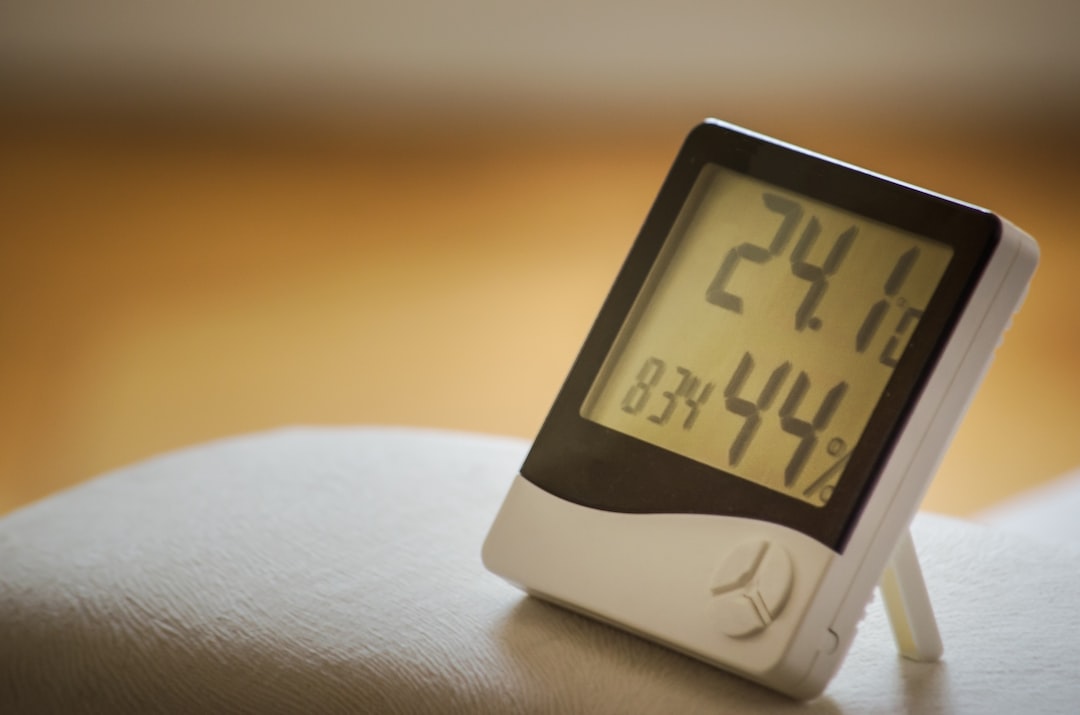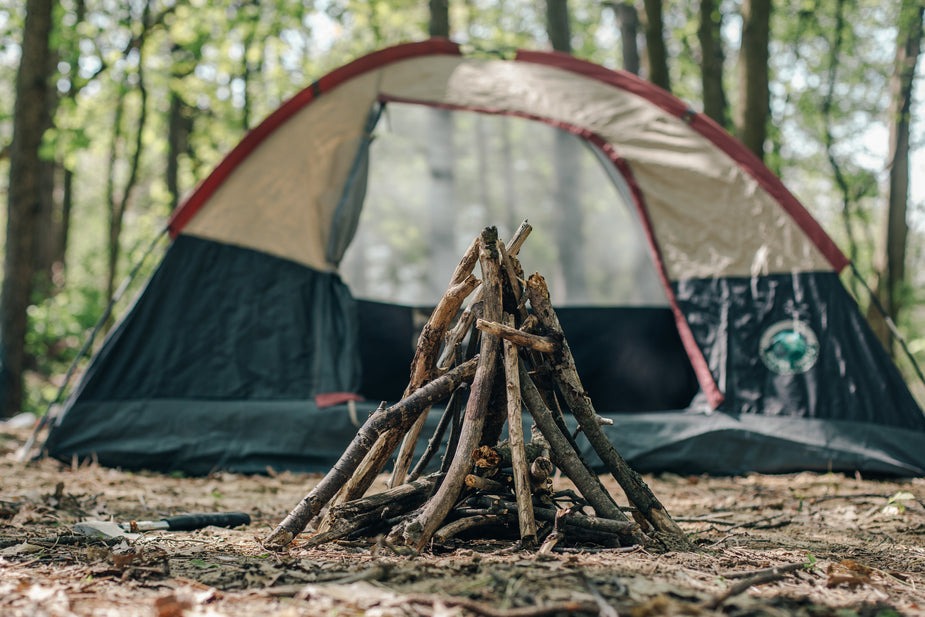
Humidity and Guitars: Problems and solutions
Many clients have asked me about humidity and its impact on their instruments. I’ve decided to sum up in this article the main phenomena and the solutions that you can put in place to conserve your instrument in the best possible condition.
1. HUMIDITY
In a home, room temperature and relative humidity are greatly influenced by the weather conditions outside. Variations in both of these are normal and natural based on the change of seasons or when doors and windows are opened, but constant and important imbalances are not desirable. When indoor heating systems are turned on, humidity levels drop as the air dries up. Wood reacts to water just like a sponge does, and I’d even say that it does so just as quickly! There is therefore either an expansion (swelling) or a contraction (shrinkage) effect. Understandibly, a rapid change from expansion to contraction can quickly overwhelm the elasticity of the wood (and of the finish) and result in cracks.
It must be understood that we luthiers build with wood that has had time to dry properly and that is sawn suitably (quarter-sawn) for instrument building. The different components are joined in a humidity and temperature controlled environment (50%, 20°C), that becomes a sort of “reference” for the wood. More than 50% becomes “too high”, less than 50% “too low”.

In an ideal world, you should remain in a 20°C, 50% RH environment, but if you also live in Quebec, you will fail to do so.
Nonetheless, you are safe when humidity levels remain between 40 and 60% and the temperature between 15 and 25°C. I can’t stress enough that the main danger concerning your guitar is a radical change in these parameters.
2. FIRST SIGNS AND RISKS INVOLVED
If you can feel the ends of the frets on the edge of the fingerboard, it may be a signal that the humidity levels are too low. Warping of the wood of any kind : examine your guitar from all angles and observe any “swelling”, “sinking”, and changes to your instrument. Has the playability changed in any way? The neck has probably moved. Cracks on the guitar top, back and finish…
3. SOLUTIONS
Start by purchasing a hygrometer so you can be mindful of and analyse the daily changes in temperature and humidity. A second one can be placed inside the guitar case itself.

Controling humidity is a short task that should be done daily, the humidifier must be used in moderation.
Equip yourself with a guitar humidifier, a humidifier for your home if need be, and in certain cases a dehumidifier. Mistakes to avoid : leaving the guitar in car and close to a heat source, avoid direct exposure to the sun for any extended period of time (window). In winter, wait a bit before openining a case after a long walk outside in the the cold.
4. GUITAR HUMIDIFIERS
I recommend the Oasis guitar humidifier because it is easy to use and the diffusion of humidity is slow. Home Oasis
I advise against sponge-based humidifiers because they are quite difficult to control. Other humidifiers exist and may be well suited to specific needs, but I’ve yet to try them, which is why I’ve not presented them in this article.
2020 update
I strongly recommend d’Addario’s Humidipak.
https://www.daddario.com/products/accessories/humidification/automatic-humidipak/humidipak-maintain/
The advantage of this product is that it can add as well as remove humidity!
Conclusion
It is important to learn the daily task of controlling the humidity levels of your guitar. Don’t worry, 20°C and 50% are the ideal conditions but you must first watch out for radical changes in temperature and humidity. Cracks that begin to appear on your guitar can be easily repaired if they are tended to quickly. Design and construction of the guitar also play a huge part, and, in fact, instruments that were designed in Quebec are better adapted to conditions here!


